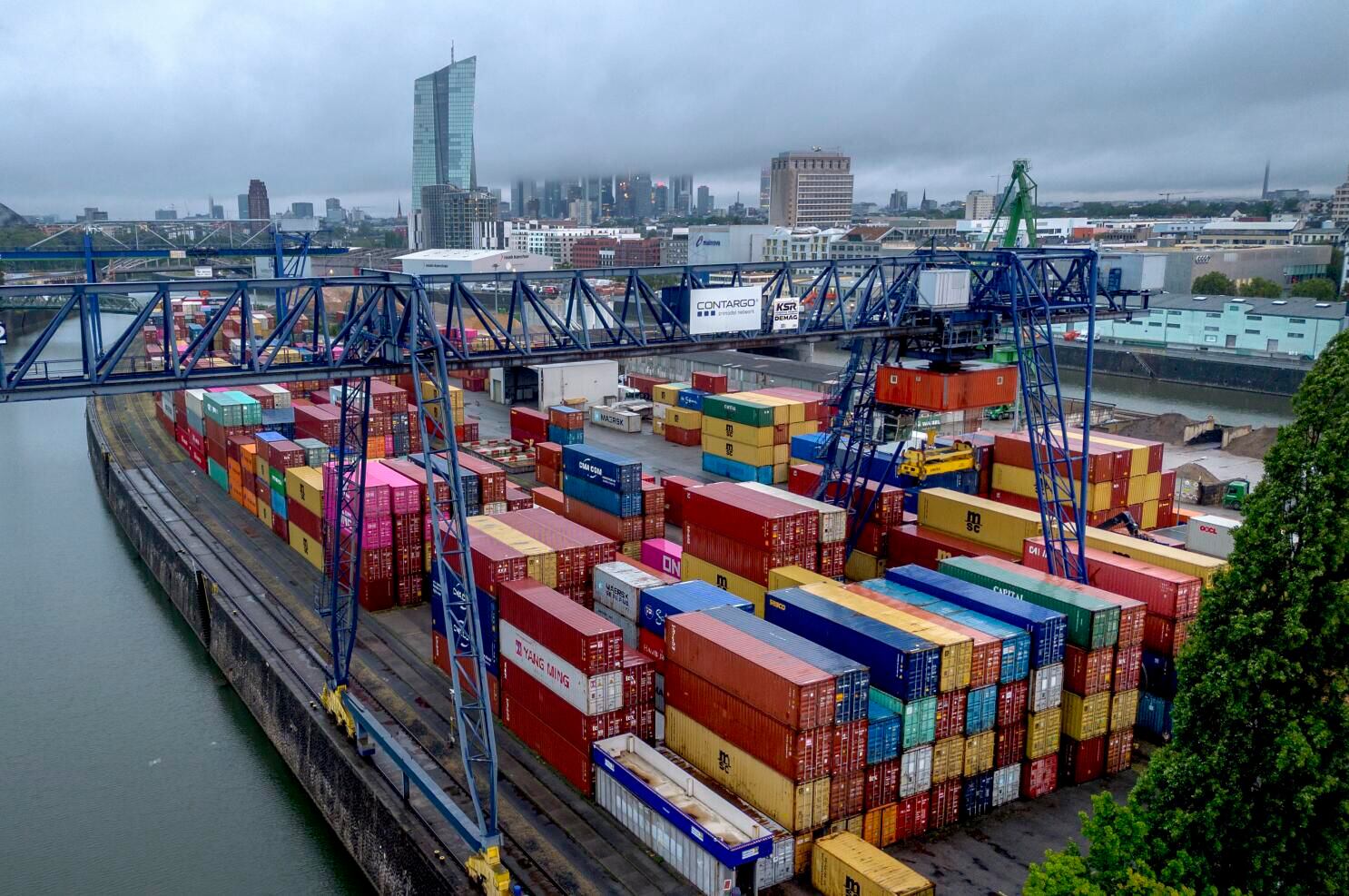
As China loses ground as a destination for German exports, the largest economy in the euro zone seeks new markets for its products and services in Latin America and the Caribbean.
“We are in a fragile situation in the world economy and we see great economic potential, especially in Latin American countries,” German Finance Minister Christian Lindner said Friday ahead of a meeting of European and Latin American finance ministers in Spain.
“I would like our meeting to send a signal that we can make rapid progress on the free trade agreement between the European Union and Mercosur”, Lindner said.
With China’s economy losing strength, European countries are interested in concluding a trade agreement with Mercosur, hoping to boost their exports to the Latin American trading bloc, diversifying their export clients.
“We can’t always talk simply about wanting to diversify to be less dependent on China,” Lindner said. “At some point, this language must be followed by action.”
Compared to the first half of 2022, German exports to China fell by more than 8%, according to the German economic institute IW.
Despite hopes of a trade boost after Beijing lifted its strict COVID-19 restrictions, exports to the country accounted for just 6.2% of total German shipments in the first half of the year, the lowest share since 2016, according to data from the German Ministry of Commerce.
“It’s like a scale, and the risk and rewards on the scale of trade with China are changing more and more,” said Jens Hildebrandt, chief representative of the German industry and trade delegation in Beijing.
As Chinese authorities try to revive growth, Latin America’s annual Gross Domestic Product (GDP) has more than quintupled in the last 30 years, reaching US$6.25 billion in 2022.
Negotiators from the European Union and Mercosur on Thursday discussed the next steps to complete their long-awaited trade deal.
“All parties are very interested in the agreement and should now be prepared to reach a compromise,” said Uta Knott, senior director for Latin America at the German industry association BDI. “A great opportunity would be lost if they do not reach an agreement,” he told Reuters.
Germany’s largest trading partners in Latin America are Argentina, Brazil, Chile, Colombia and Mexico, who together represent almost 80% of its trade volume with the region.
However, these countries represent only 2.6% of German exports in total.
Source: Reuters
Source: Gestion
Ricardo is a renowned author and journalist, known for his exceptional writing on top-news stories. He currently works as a writer at the 247 News Agency, where he is known for his ability to deliver breaking news and insightful analysis on the most pressing issues of the day.











